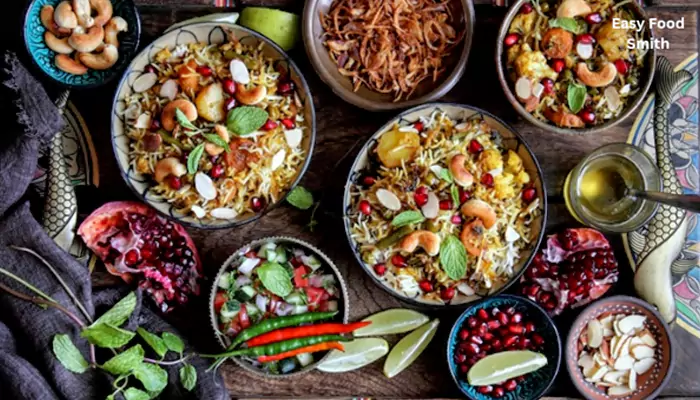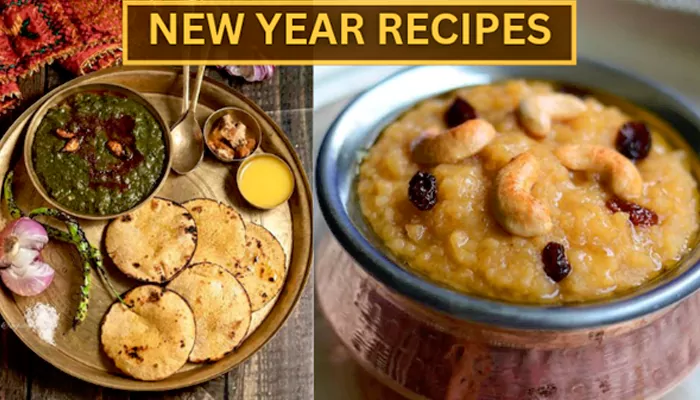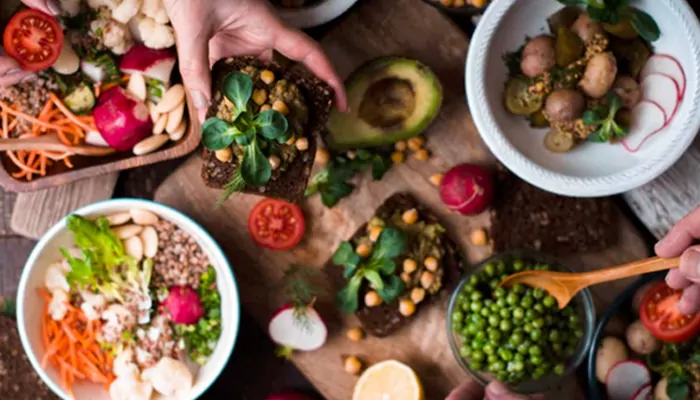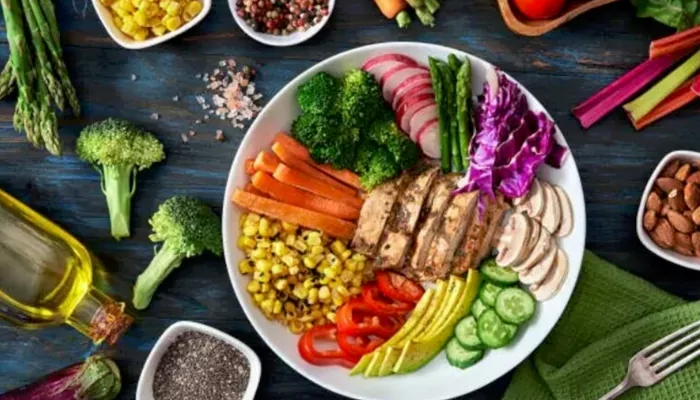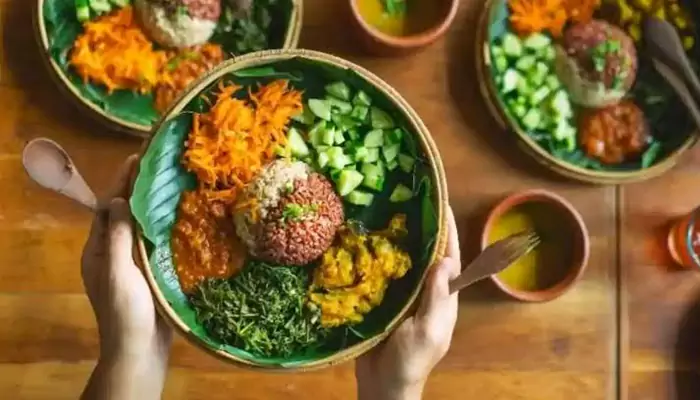Sabzi of the Day - Green Goodness: Health Benefits of Coriander Leaves & Tasty Ways to Enjoy
- Rohit Chatterjee
- 1 year ago
- 4 minutes read

A versatile leafy vegetable that is quite a staple in every Indian household, coriander not only adds flavour to a variety of dishes but also boosts them with additional nutrients
Coriander, sometimes called cilantro or dhania, is a multipurpose plant used as a spice and herb valued for generations in many different cuisines. When used in cooking, coriander leaves and seeds contribute freshness and a warm, citrussy undertone, respectively. Not to forget, it has substantial nutritional and therapeutic benefits.
Chopped or Chutney, Nutritious in Every Form
Every food that we consume must offer some nutritional value to our bodies. Coriander, be it chopped or chutney, packs nutrients in every form. One cup of raw coriander, which weighs around 16 grams, comprises 3.68 calories, 0.083 grams (g) of fat, 0.587 g of carbs and 0.341 g of protein. It also contains vitamin C, provitamin A, and K and trace amounts of folate, potassium, manganese, iron, calcium, choline, beta-carotene, beta-cryptoxanthin, lutein and zeaxanthin.
Growing coriander hydroponically at home from seeds to plant in only two weeks. pic.twitter.com/UYnbym5cD9
— Demi Farms (@demi_farm) September 26, 2023
Credit – Twitter/@demi_farm
Keeps Health Diseases Away & More
Coriander has multiple health benefits when used in different forms.
Heart disease prevention: When used in herb form as a diuretic, coriander flushes extra sodium from a person’s body and reduces blood pressure. Early research also suggests that coriander lowers “bad” or LDL cholesterol and reduces a coronary heart disease called atherosclerosis.
Reduces blood sugar levels: Coriander seeds effectively lower blood sugar levels. As per current trials, the seeds activate enzymes in the human body that process blood glucose effectively. People who are diabetic may benefit from coriander raw leaves, dried leaves, and coriander seeds.
High blood sugar causes:
— Rueben Hewitt (@FitFastCoach) January 11, 2024
• Erectile dysfunction
• Nerve damage
• Heart disease
• Alzheimer's
• Diabetes
• Cancer
Here are 5 ways I protect my blood sugar levels: pic.twitter.com/T3xSIHlmXZ
Credit- Twitter/@FitFastCoach
Inflammation reducer: Promising results show that coriander reduces inflammation in the human body. In lab tests, antioxidants in coriander have reduced inflammation and slowed the growth of cancer cells.
Free radicals: Loose oxygen molecules in the body are also called free radicals that damage cells, potentially causing heart diseases and cancer. The antioxidants in coriander remove free radicals from the body, thus reducing the risk of cancer and health diseases and slowing the ageing process.
Coriander Recipes
When we think of coriander, we think of using it as a garnish or making a coriander chutney. However, one can explore multiple coriander recipes to stay away from the mundane usage of coriander.
Coriander Chutney Recipe! #corianderchutney #kitchaskitchen #southindiancooking #chutney #dosa pic.twitter.com/BnFKpk5IWw
— Swamy Kitcha (@swamykitcha) September 27, 2024
Credit- Twitter/@swamykitcha
Coriander paratha: Flatbread or parathas are widely enjoyed in several Indian states. While most of the time, stuffed flatbreads are limited to potato parathas, paneerparathas, and cauliflower parathas, one can always try a coriander stuffed paratha. Trust us, we have prepared it, and it tastes fantastic!
Coriander soup: Boring of the same tomato soup? Get a coriander soup, especially amidst the upcoming winter. Blend coriander leaves with garlic, onions, and spices of your choice; simmer it to the thickness of your liking and add a bit of lime juice. There you have it—a fresh bowl of coriander soup.
#tarladalal
— Deepak Prabhu (@ragiing_bull) July 28, 2023
Lemon Coriander Soup. I'm gonna make this tomorrow.😋😋
After a couple of bowls, avoid any solid food at night. pic.twitter.com/c4XVVKpvEg
Credit – Twitter/@ragiing_bull
Coriander rice: If one can have turmeric rice or cumin rice, why not have coriander rice? Use chopped coriander or blend it with green chillies, garlic, ginger, and lemon juice. Temper red chillies in oil, add rice, and dump the paste. Sauté the rice, add some roasted cashews, and you get a nutrition-packed coriander rice.
With all the nutritional value, health benefits, and the number of creative dishes one could come up with, coriander should be used more often and not merely for garnishing other dishes.

